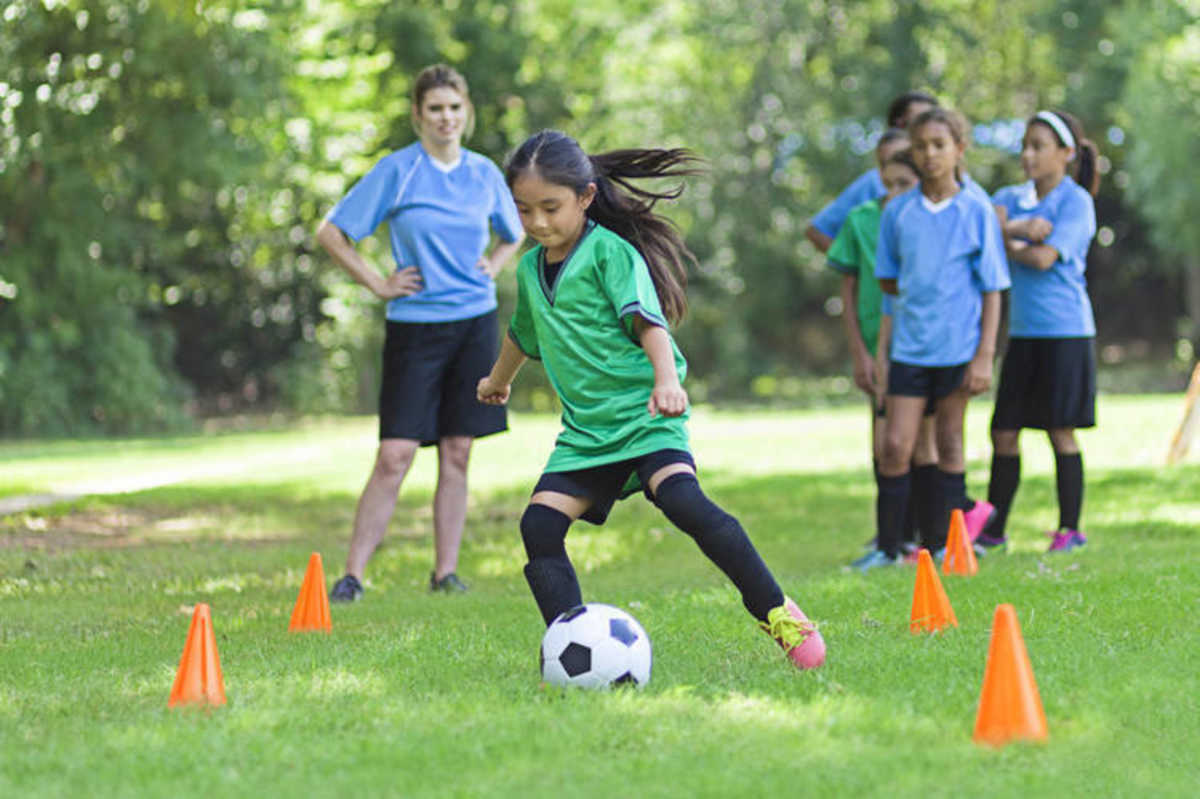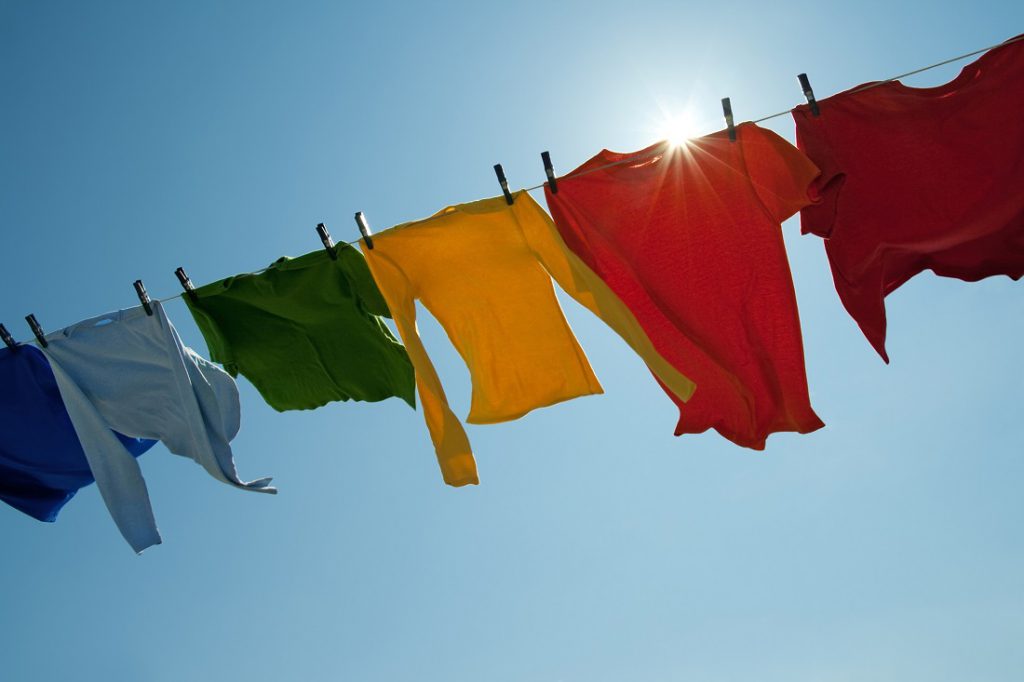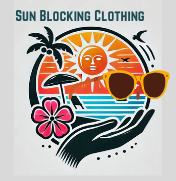Do your kids need sun blocking clothing for daily wear? Are they really in the sun that much?

Do you know how to help your kids protect their skin? Starting while the kids are young will give your family a head start on lowering their own individual skin cancer risk.
Protecting our kids from Ultraviolet (UV) rays is important for skin health throughout their life. Having healthy skin gives them one more good health tool to manage their overall health.
That longer exposure time is when more damage is done all at once, like a full day in the sun or playing outside with friends. Keeping their skin protected by wearing protective clothing is an effective way to lower the sunburn risk.
Sunscreen will also help protect your children from the sun. Used alone it will help protect your little ones, but will you remember to reapply every 2 hours as is recommended? Or when they gave been sweating or swimming? Keeping your kid’s skin protected with just sunscreen may lead to a surprise sunburn.
Will My Kids Sunburn Through Sun Block Clothing?
Yes, your kids can sunburn through some protective clothing. However, by covering their skin, the burn will be less severe.
It’s important to protect children from the harmful effects of the sun’s ultraviolet (UV) rays, especially during prolonged exposure. A sunscreen is a popular option for sun protection. But sun-protective clothing can also be a more effective way to shield your child’s skin from the sun.
There are many choices of sun blocking clothing with UPF ratings for all members of your family. If you know what to watch for, even normal clothing can offer a lot of skin protection for your kids.
When it comes down to a shirt from your closet to going with no shirt? Science tells us to always cover our skin with something, even if it is not the best. Some sun protection is better than no protection. Check the
Wikipedia recommendations for skin safety

Let’s Look In the Kid’s Closet for Protective Clothing
If you are not ready to buy special sun blocking clothing for the kids to wear every day, maybe there are some garments that will offer some protection. Let’s look and see what might work right now.
First, let’s look at the label information about what kind of fabric the clothes are made of. Look for blended fabric like cotton polyester. Most kids’ clothes start with cotton because of comfort and sturdiness.
So did you find a cotton/poly blend? Or linen/poly? Truth be told, this is more important for the shirts in your child’s closet. Shirts cover a good portion of their body and are an important place to start.
So even an all-cotton fabric can protect if it isn’t worn out. If the shirt is a woven shirt, and the fabric is still in good shape, you should not be able to see the sun through the fabric where the weave holes are. Think denim. This is a tightly woven fabric.
T-shirts are knitted, not woven. T-shirts should be in good shape without visible signs of wear where the sun might peek through to the skin underneath.
The shirt needs to fit loosely and have long sleeves. Often there is a bit of pushback over long sleeves being too hot. And they are warmer than short sleeve shirts. Here is where education starts with your children. They need to understand that when less skin is covered, there will be less time outside.
Understanding About Limiting Sun Exposure
No fabric is going to fully protect you for unlimited amounts of time in the sun. Protecting your kids will mean they need to understand the dangers of too long in the sun.
Staying out of the sun during the more direct sun-ray time which is mid-day sun is important. They need to be aware of the need to get in the shade some, or go in the house and cool down during the hotter time of day. Even the wintertime sun can be dangerous all day.
Here in central Texas where I live, from mid-spring until mid-autumn the dangerous rays time will be from 10 AM until 4 PM. These are the times of day to be aware of sun dangers. Adjust outside time to allow your kids to be in the house during the hotter times will help with skin protection.
If you plan to allow your kids to be out in the sun during these times of the day, plan to monitor their time. By taking breaks under a shade, whether a tree or an umbrella, or an awning. Shade time will allow their skin to cool and adjust from direct sun contact.
Make sure they drink lots of fluids and stay hydrated. Hydrated skin stays safer in the sun than if your child becomes dehydrated.
As you are more concerned about exposure times, and covering their skin, your kids too will understand that this is how they should be doing things as they get older and have more time away from your supervision.
How Color Plays A Part In Protection
As you are selecting clothes that protect your kids’ skin the best, color can help protect too.
Choose lightweight, loose-fitting clothing that covers as much of their skin as possible. Long-sleeve shirts and long pants are important. They should fit loosely. If a tight fit, there is apt to be stretched fabric which will allow the sun to shine through.
Darker colors or deeper tones of color do a better job of absorbing the UV rays. Yes, they will be warmer to wear, and this is why a loose fit is important. The air must circulate around the body to cool and dry sweat.
Darker deeper colors are more sun protective. Lighter colors reflect the light and will be cooler, but often the fabric is not tightly woven and allows more sun through to the skin.
This is why UPF fabrics are so popular and in demand. You can have a tightly woven shirt with lighter colors. Normal clothing in lighter colors is just not as protective.
Don’t forget the wide-brim sun blocking hats and sunglasses. Your kids will be miles ahead in the sun protection game with a better start to healthier skin throughout their life. It is as important as a healthy diet and enough sleep and exercise.
Sami’s Take On 7 Risks Kids Face from the Sun “Just Because They Are Kids.”
There is one more risk, that parents need to keep in mind that can make their kids at higher risk for sun damage. Medication
Check the labels of the medications your kids need. Make sure they are not on the list to raise your kid’s risks.
List of drugs for young kids’ parents:
- Antihistamines: These are medicines that help with allergies and allergic reactions.
- Coal Tar and Derivatives: These are medicines that treat skin conditions such as eczema and psoriasis.
- Contraceptives, Oral, and Estrogens: Medicines used to prevent pregnancy and treat certain medical conditions.
- Non-steroidal Anti-Inflammatory Drugs: These are medicines used to relieve pain and reduce inflammation, but should only be given under the supervision of a doctor.
- Phenothiazines: These are medicines used to treat mental health conditions such as schizophrenia.
- Psoralens: These are medicines used to treat skin conditions such as vitiligo.
- Sulfonamides: These are antibiotics used to treat bacterial infections.
- Sulfonylureas: These are medicines used to treat diabetes.
- Thiazide Diuretics: These are medicines used to treat high blood pressure and heart failure.
- Tetracyclines: These are antibiotics used to treat bacterial infections.
- Tricyclic Antidepressants: These are medicines used to treat depression, but should only be given under the supervision of a doctor.
It’s important to always consult with a healthcare professional before giving any medication to your child, as they can advise you on the proper dosage and potential side effects.
Thank you,
Sami
Sami’s Take On “Do Your Kids Need Sun Blocking Clothing For Daily Wear”
Please remember this if you remember nothing else from this post, no clothing or sunscreen provides complete protection from the sun. You will also need to use sunscreen on exposed skin. Like the tops of your hands, and your face even when wearing a sun-protective hat.
In addition, it is important that you limit the length of time for your child’s exposure to the sun. And remember a break in the shade whenever possible.
Do you know how long your child can be in the sun before their skin begins to turn pink and go into the first stages of sunburn?
Unfortunately, the sun isn’t always our friend, at least for hours on end.
Research is proving that our skin is not healthy when it is deeply tanned. We may love the look, but not at the cost of our skin health.
Where are you in your safe skin journey?
